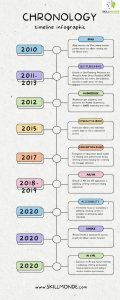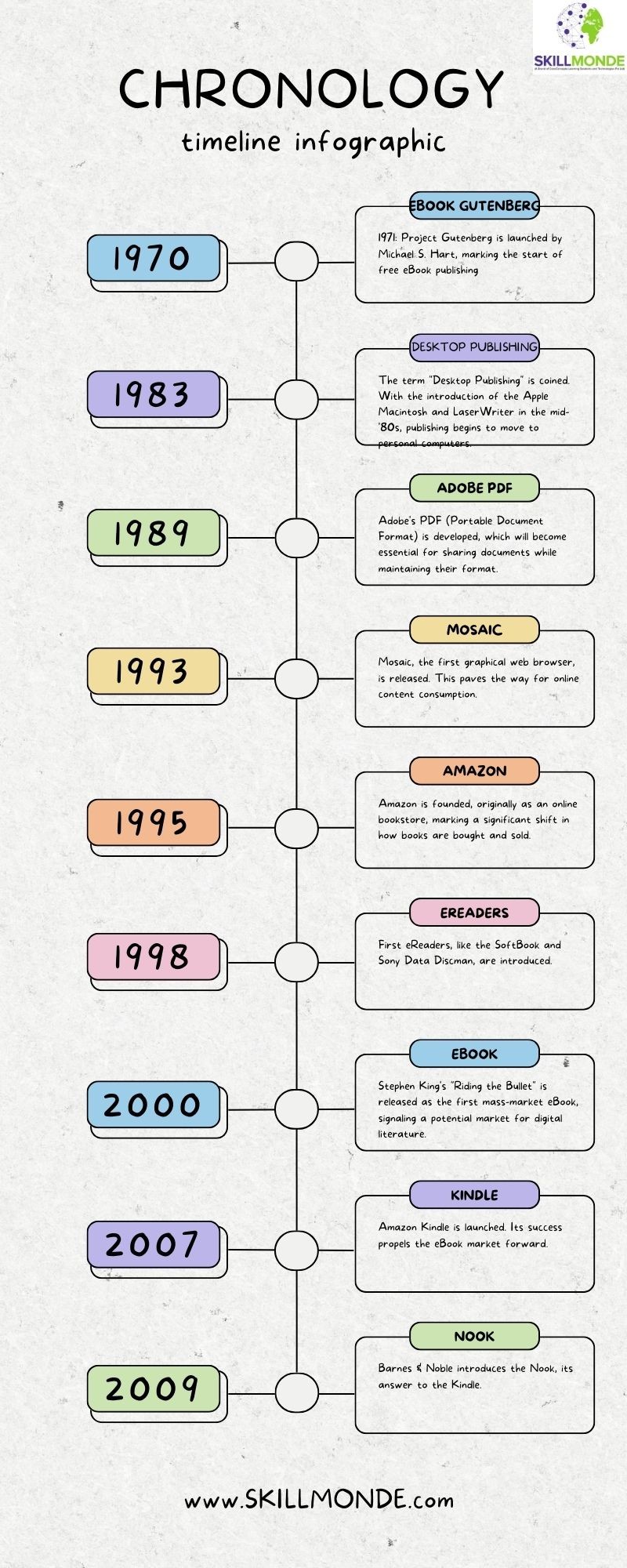
The art and science of publishing have witnessed monumental shifts. From traditional brick-and-mortar setups to the sprawling digital landscape, the journey is a testament to the industry's adaptability and resilience.
Project Gutenberg: The Forefather of Digital Literature
In 1971, a simple yet groundbreaking idea marked the beginning of the digital literature era: Project Gutenberg. Initiated by Michael S. Hart, the project was driven by a profound vision - to make literature accessible to all, regardless of socio-economic barriers. The digitization of the "Declaration of Independence" laid the foundation for what would later become a vast digital library, offering thousands of texts free of charge.
Desktop Publishing: Democratizing Content Creation
The 1980s brought about the age of Desktop Publishing. The year 1983 stands out as a cornerstone when publishing was redefined. No longer restricted to massive presses, content creators now had the power at their fingertips. Adobe’s introduction of the PDF in 1989 was another pivotal moment, offering a universal format for documents that retained design and layout integrity across platforms.
The Internet, eCommerce, and the Dawn of eReaders
The 1990s opened up a Pandora's box of possibilities with the Internet's mainstream adoption. Mosaic gave the world its first glimpse into the potential of web browsers. The latter part of the decade unveiled the pioneering eReaders, changing our reading habits forever. Amazon, recognizing the untapped potential of this medium, launched the Kindle in 2007. This device not only democratized reading but also paved the way for authors to reach global audiences with a single click.
Decade of Diversification: 2010s
The realm of digital publishing expanded exponentially in the 2010s. Platforms like Amazon’s Kindle Direct Publishing and Smashwords gave authors unparalleled autonomy, rendering traditional publishing gatekeepers less formidable. Meanwhile, audiobooks found their voice, catering to the new-age multitasking audience. The education sector wasn’t far behind, with interactive eBooks transforming traditional classrooms into dynamic learning environments.
Cutting-Edge Trends Reshaping Modern Publishing
As we wade deeper into the 2020s, a few trends are impossible to ignore:
Inclusivity and Accessibility: Modern publishing emphasizes creating content that's accessible to everyone, including those with disabilities. This shift isn't just ethical—it's becoming a standard.
AI-Powered Publishing: Artificial intelligence is not just a buzzword. Algorithms now curate reading lists, predict trends, and even assist in content creation.
Virtual Realities: The fusion of AR and VR with publishing hints at a future where reading isn’t just a passive activity but an immersive experience.
Gazing into the Digital Horizon
The transition from Gutenberg’s vision to AI-driven, immersive reading experiences is nothing short of awe-inspiring. As digital publishing morphs and adapts, its core remains unchanged: the dissemination of ideas and knowledge. For those involved in this ever-evolving industry—be it authors, publishers, or readers—it's a time of boundless opportunities and innovations.
